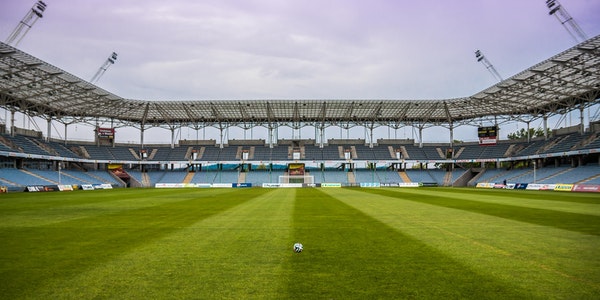LED Stadium Lighting: The Next Frontier in Sports Venue Design _Part 9
- Energy Harvesting and Sustainable Innovations
- Solar-Powered LEDs:
Renewable Energy: Incorporating solar panels to power LED lighting systems, reducing dependency on grid electricity and promoting sustainability.
Battery Storage: Using battery storage systems to store solar energy for use during night events.
- Energy Harvesting Technologies:
Kinetic Energy: Harvesting kinetic energy from the movements of players and spectators to power LED lights.
Thermoelectric Generators: Utilizing temperature differences to generate electricity for LED systems.… Read More

